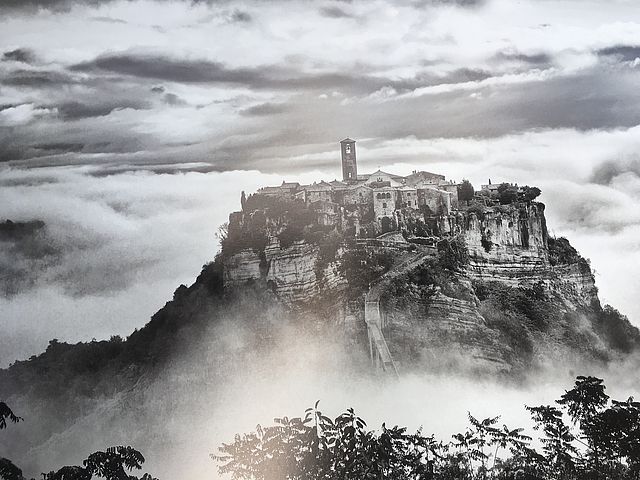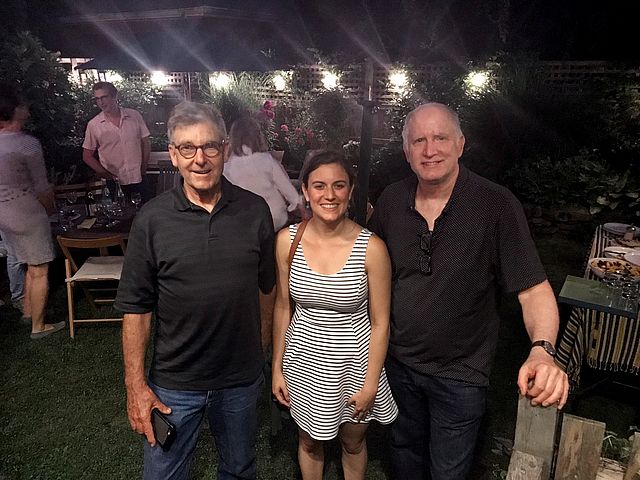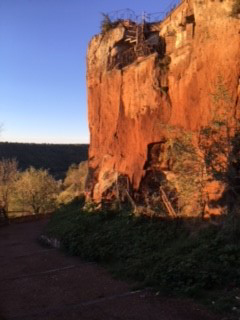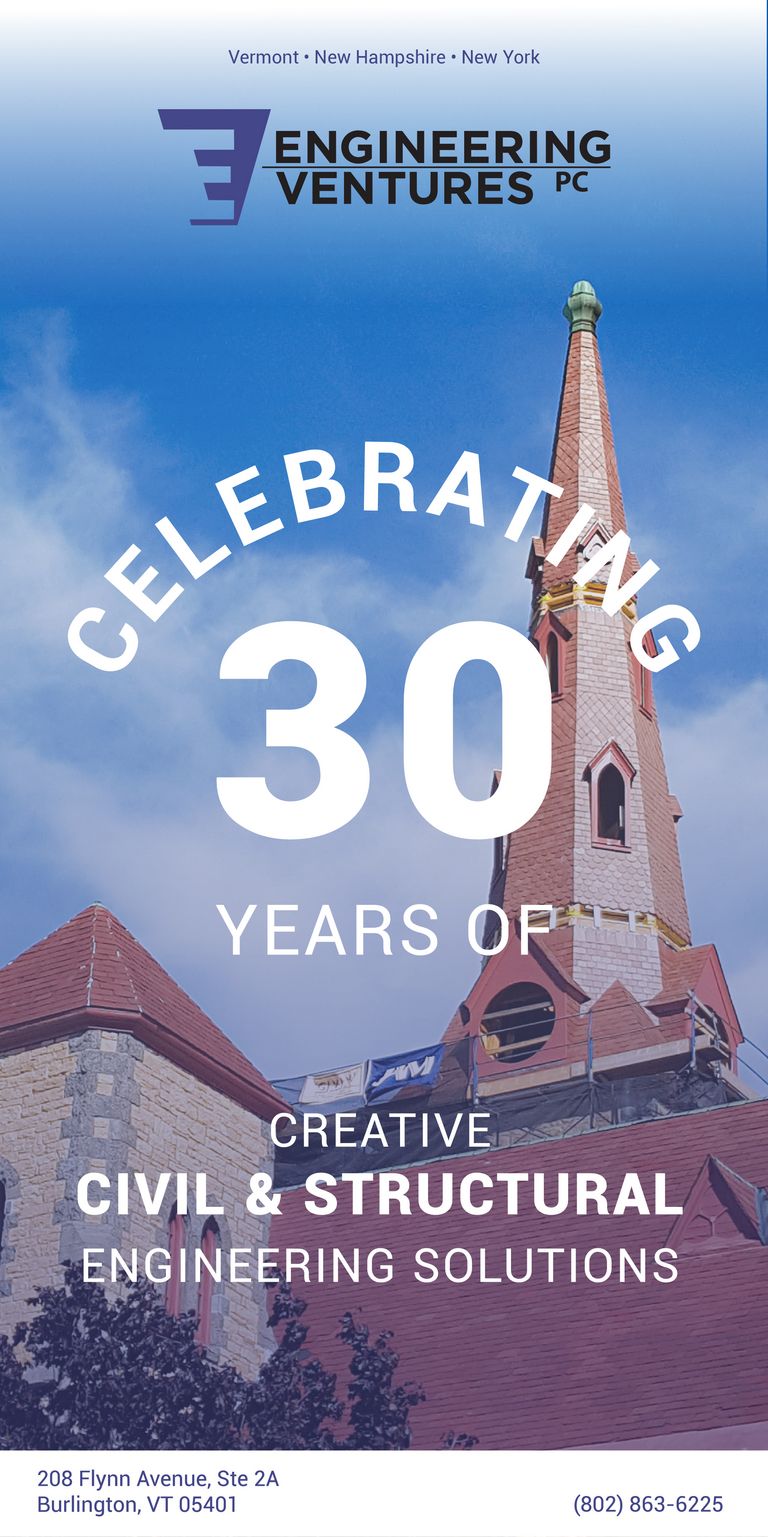Awards for Study In Italy Go to AIA Vermont Members
AIA Vermont is pleased to announce that three of its members, John Rahill, Gary Hall, and Michael Wisniewski, have received awards from the Northeast Chapter of the Civita Institute to work and study in the town of Civita di Bagnoregio in Italy. Just four awards total were given out for the 2017-18 program by the Institute’s Northeast Chapter; the fourth award went to a Philadelphia architect.
Citiva is a small hill town dating from Etruscan times, located in Upper Lazio, about 70 miles north of Rome. The Civita Institute enables its resident members to explore the distinctive qualities of Italian hill towns and their relevance to contemporary life and seeks to enhance awareness of architecture and design as well as environmental stewardship and sustainability.
A former president of AIA Vermont, John Rahill, AIA, Black River Design, Architects, Montpelier, was the sole applicant to be awarded a two-month fellowship; he will study potential sustainable design and retrofit strategies for Civita. He left late in 2017 for one month and returns for the second month in April of next year. Rahill, a licensed architect since 1982, recently opted to reduce his workload to allow for other types of professional experiences, such as the one offered by the fellowship.
“I’m thrilled that I’m going to have the opportunity to study in this cool, hilltop village,” Rahill said. “It’s coming at a time in my career when I’m trying to slow down and yet, at the same time, use my experience. Italians refer to Civita as the ‘dying city.’ It’s suffering from a lack of inhabitants, empty buildings and, I imagine, infrastructure issues. So, I’ll be looking at economic sustainability as well as building-related sustainability, which is not typical for architects. I look forward to learning from this experience and suspect my studies will be relevant to other rural villages in Italy, and even to some villages in France and Spain where I understand their populations are decreasing despite their beauty.”
Gary Hall, AIAVT Affiliate, Gary Hall Photography, Shelburne, received a one-month fellowship to make architectural photographs of Civita and the surrounding landscape; he will go there in May 2018. Hall, a long-time photographer to architects in and outside Vermont, plans to use a large format camera similar to those used by 19th century photographers and to shoot in black and white film. He also intends to explore photogravure, a printing process he says dates back to around 1910 and uses a hand-inked plate that is run through an etching press to produce soft, gauze-like tones.
“I am inspired by the book Photography and Architecture: 1839-1939,” said Hall. “Curated by Richard Pare from the photography archives of the Canadian Centre for Architecture, the book shows aspects of the history of architecture through photography and the history of photography through architecture. Not having been to Italy, the fellowship will be a great way to explore the work of the ancient Etruscan builders and the surrounding landscape of eroding clay canyons.”
Michael Wisniewski, AIA, Duncan Wisniewski Architecture, Burlington, will be an artist-in-residence in Civita for one month in April 2018. His main focus will be a continuation of “Roominations,” a project that grew out of 10,000+ photographs of his bedroom in Hinesburg over a four-season, two-year period. Using double exposures and other techniques, he photographed the physical room as well as the surrounding landscape—to create a new space that is simultaneously interior and exterior.
“The work is all done in the camera in real time, without Photoshop®, and is very much an exercise in seeing in the moment,” Wisniewski said.
Utilizing what he has learned from Roominations at home, Wisniewski will explore similar themes of fusing rooms, outdoor spaces, and surrounding landscape into a single image. The work will be especially relevant to Civita: the hills upon which it sits are much eroded and the village’s only physical connection to the surrounding landscape is a thin, elevated pedestrian bridge.
“Overlaying landscape and room allows me to realize ideas, dreams and images that I can’t in my everyday architectural work,” Wisniewski said. “Roominations leaves Vermont and goes on the road to Italy. What could be better?"
The awards for the work and study program in Civita were made on May 6, 2017, by the following panel of jurors: Norma Barbacci, Norma Barbacci Historic Preservation Consultants LLC and Founding Member, Civita Institute, Northeast Chapter; Robert Dreesen, Senior Acquisitions Editor, Cambridge University Press; Cristina Puglisi, Deputy Director, American Academy in Rome; Stephanie Gelb, FAIA, Past Vice President of Architecture and Design, Battery Park City Authority; David Harvey, Principal, Harvey Marshall Berling Associates and Andrew Tesoro, Principal, Andrew Tesoro Architects.
AIAVT will distribute information about 2018 applications to study in Citiva; be watching your inbox!









